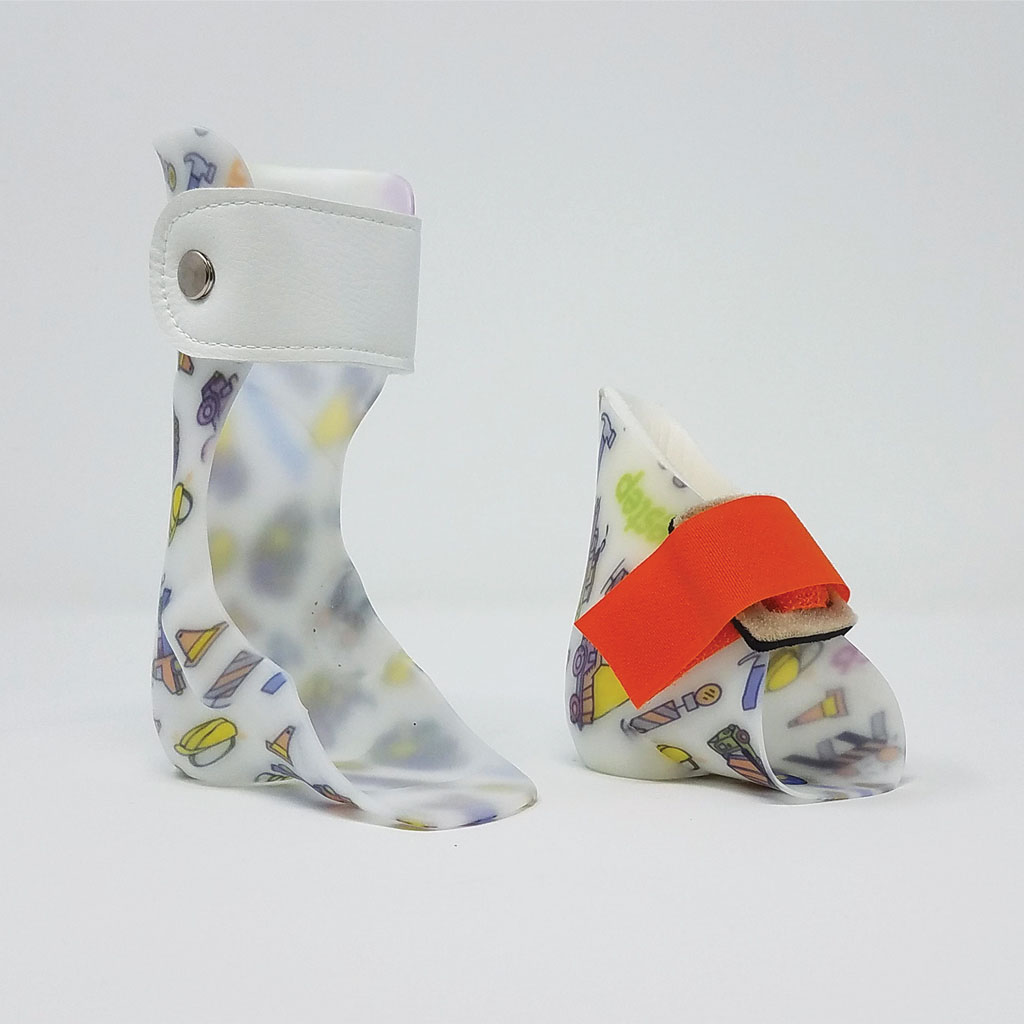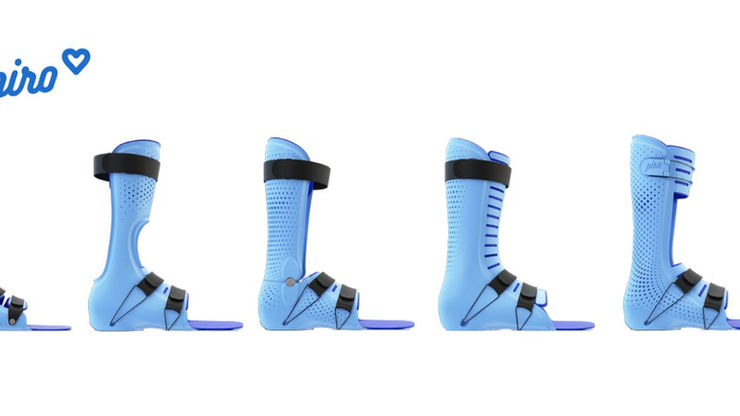What Does Foot Braces Do?
What Does Foot Braces Do?
Blog Article
How Foot Braces can Save You Time, Stress, and Money.
Table of ContentsSome Ideas on Foot Braces You Should KnowThe smart Trick of Foot Braces That Nobody is Talking AboutFoot Braces Can Be Fun For Anyone
(1) Background: ankle-foot orthosis (AFO) is one of the most commonly suggested orthosis to clients with foot drop, and ankle and foot problems. In this research, we aimed to evaluate the commonly made use of sorts of AFO and present the recent growth of AFO. (2) Methods: narrative review. (3) Results: AFO avoids the foot from being dragged, offers a clearance in between the foot and the ground in the turning phase of gait, and preserves a stable posture by permitting heel contact with the ground during the position stage.By placing thermoformed plastic to cover the favorable plaster version, it generates the orthosis in the exact form of the design. PAFO typically contains a shank covering, foot plate, and Velcro band, with joints on ankle joints as needed [13,14] PAFO can be classified according to the visibility of hinges, primarily as solid ankle kinds without hinges and pivoted ankle joint kinds with additional joints.
The leaf-like folds are meant to strengthen the component of the ankle joint with one of the most amount of movement and duplicated loadings. The folds act as a springtime in the ankle that permits minor dorsiflexion in the mid and terminal positions, and this elasticity can additionally marginally aid the push-off feature in the terminal position.

Examine This Report on Foot Braces
The plantarflexion can likewise be completely limited by suitable the shells wikipedia reference at 90 without area in between. The Gillette joint, like the Oklahoma joint, attaches a different shank shell with the foot shell, allowing both plantarflexion and dorsiflexion. HAFO is extensively utilized in youngsters with spastic diplegia and people with spastic hemiplegia after stroke, as it can stretch the ankle joint plantar flexor to minimize tightness and lower topsy-turvy muscle-response patterns.
